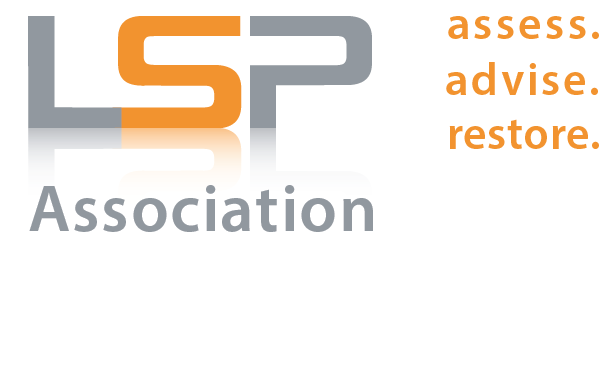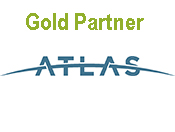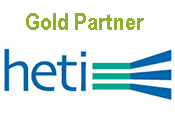A Review of FY2016 Temporary Solution Audits and Enforcement ActionsBy: James H. Zigmont, LSP, CDM Smith, and LSPA Loss Prevention Committee Annually, the LSPA's Loss Prevention Committee (LPC) reviews the previous year's Notice of Audit Findings (NOAFs) from MassDEP. This year the LPC downloaded FY2016 audit and enforcement notices from MassDEP’s eDEP file viewer. These materials included Level 1 and Level 2 NOAFs, Notices of Noncompliance (NONs), Administrative Consent Orders, and Administrative Consent Orders with Penalties. In all, over 500 files were downloaded and screened with filtering software. Each file was then assigned to at least one of several categories of concern. A summary of MassDEP findings, observations, and practice tips are presented below for this specific category of concern. This article reports on a review of audit and enforcement materials relating to Temporary Solutions. The LPC identified 30 FY2016 audit and enforcement notices involving Temporary Solution issues. All but one of these notices included a NON. Many of the identified violations were failures to comply with Post-temporary Solution submittal requirements, including submittals of:
Other identified violations related to failures to perform response actions necessary to maintain Temporary Solutions as provided for in Temporary Solution Statements or remedial actions called for in Phase III/Phase IV submittals for achievement of Permanent Solutions. Based on these instances of noncompliance, it is useful to recount the ongoing obligations of a Temporary Solution Statement. Sites assigned Temporary Solution status fall into two categories based on results of a Phase III evaluation:
For those at which a Permanent Solution is not currently feasible, a Periodic Review must be conducted every five years following the date of the Temporary Solution Statement until a Permanent Solution is achieved (310 CMR 40.1050(4)(b)). The Periodic Review must include an evaluation of the feasibility of implementing a Permanent Solution for the site. The Periodic Review should also be accompanied by an update to the 5-year Substantial Hazard Evaluation. For those Temporary Solution sites where a Permanent Solution is feasible, a 5-year Periodic Review is not required, but remedial actions must be conducted under a valid Tier Classification and in accordance with 310 CMR 40.0800. Furthermore, Temporary Solution sites for which a Comprehensive Remedial Action (CRA) is necessary to ensure that the Temporary Solution is maintained must conduct Post-temporary Solution operation, maintenance and/or monitoring (310 CMR 40.0897) and submit Post-temporary Solution Status Reports every six months for the duration of the operation of the remedy (310 CMR 40.0898(1)(2)). Where the CRA involves Active Operation and Maintenance, the Post-temporary Solution Status Report must be accompanied by a Remedial Monitoring Report (310 CMR 40.0898(3)). For sites where a CRA is not necessary to maintain a Temporary Solution, the LSP should consider whatever long-term monitoring would be prudent to confirm that conditions supportive of the Temporary Solution have not changed and that the site’s monitoring wells are maintained. Note that current monitoring data will be necessary to support the 5-year update to the Substantial Hazard Evaluation. Given the ongoing requirements of Temporary Solutions, LSPs should consider advising their clients beforehand of the likely scope, schedule, and cost of their long-term maintenance until a Permanent Solution is reached. Filing a Temporary Solution Statement is not the end of the project; instead, filing commits the client to long-term efforts. This commitment should weigh into the strategy for closing out a site and may influence a decision about selecting a short term remedial alternative otherwise considered infeasible because of its high capital cost. Although a Temporary Solution is a major milestone in the life cycle of a site, it by no means marks the end of compliance obligations under the Massachusetts Contingency Plan. |



































